Ponish Mechanised
Lesson 2
Now we’re going to introduce a few little refinements into the system. These will greatly decrease the space, and strain required, while also increasing your speed! The first one is Ponish cursive ! I can hear you groan despite our displacement in time, and space. There is no need; unlike in English cursive, Ponish letters don’t change. Ponish cursive is simple, and follows one rule: DON’T LIFT THE PEN UNLESS THERE IS A VOWEL. See how simple that is? Merely begin one letter from the ending of its predecessor. Like so:
| B-L-U-E | BL-U-E |
|---|---|
Side by side with original manual image
| B-L-U-E | BL-U-E |
|---|---|
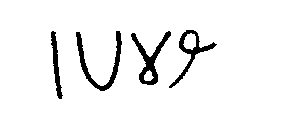 |
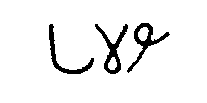 |
Notice how the B and L have been combined into a single character? Because we didn’t lift the pen until the vowel came. Here, again, this time B and R:
| B-R-E-A-K | BR-E-A-K |
|---|---|
Side by side with original manual image
| B-R-E-A-K | BR-E-A-K |
|---|---|
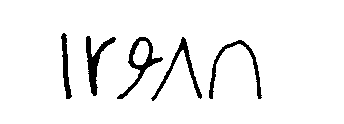 |
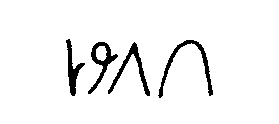 |
| S-T-A-N-D | ST-A-ND |
|---|---|
Side by side with original manual image
| S-T-A-N-D | ST-A-ND |
|---|---|
 |
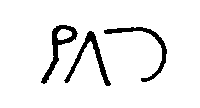 |
| S-T-R-I-K-E | STR-I-K-E |
|---|---|
Side by side with original manual image
| S-T-R-I-K-E | STR-I-K-E |
|---|---|
 |
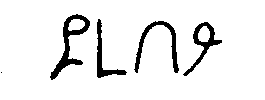 |
| E-N-V-I-S-I-O-N | E-NV-I-SION |
|---|---|
Side by side with original manual image
| E-N-V-I-S-I-O-N | E-NV-I-SION |
|---|---|
 |
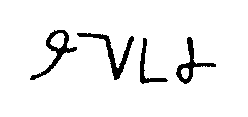 |
Woah! What happened with this one? Well, this is an example of both the unfortunate disconnect between English spelling, and pronunciation (GHOTI, anyone?), and also 2 important principles of Ponish: eliminate unnecessary letters, and write things as they sound. In this case, the ‘SION’ sounds like ‘SHN,’ doesn’t it? The ‘SI’ portion sounds like the ‘SH/ZH’ digraph, while the ‘O’ between it, and the ‘N,’ is inaudible, and therefore in Ponish, is not written. The ‘SH,’ therefore, immediately goes into the ‘N,’ with no intervening vowel, thus ‘SION’ becomes ‘SHN,’ in Ponish.
Other similar examples:
| N-A-T-I-O-N | N-A-TION |
|---|---|
Side by side with original manual image
| N-A-T-I-O-N | N-A-TION |
|---|---|
 |
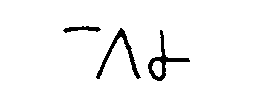 |
| P-A-S-S-I-O-N | P-A-SSION |
|---|---|
Side by side with original manual image
| P-A-S-S-I-O-N | P-A-SSION |
|---|---|
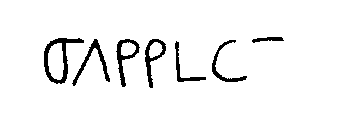 |
 |
Written by sound, not ‘spelling.’ Cool, hunh? And practical. I did include some silent letters, which I normally wouldn’t have done, for the sake of clarity, but remember, there is no wrong spelling.
Moving right along to the second part of the lesson : letter placement. It matters! You see, in Ponish, the line of writing can be divided up into 3 areas like so:
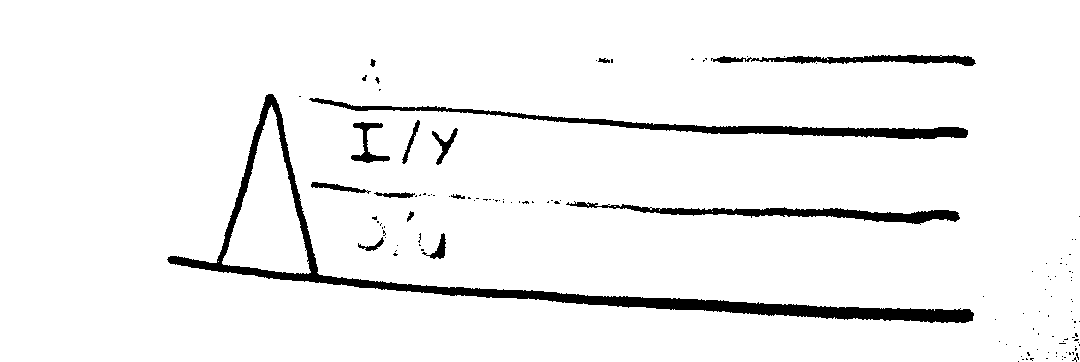
The first letter of the word, in this example ‘A’ forms the ‘base’ of the word, its anchor. Anything in the space above it is in the A/E line, anything even with its top is in the I/Y line, and anything below the half-way mark is in O/U line. The function of this is to (mostly) eliminate vowels in writing, thus making it faster, and more compact, without producing a gobbledygook of consonants you would become less, and less likely to decipher as time went on. Looking at you, Teeline, Quickhand, and others.
So, how do we make use of these divisions? 2 ways. The first, being that when you write a word, for example ‘bag,’ you write the first letter, B as the anchor, then the next consonant, G with its top even with the A/E line:
Original manual image

This can also mean beg, of course, but context will tell you which you mean. If you write the G along the I/Y line, you instead write the word ‘big:’
Original manual image
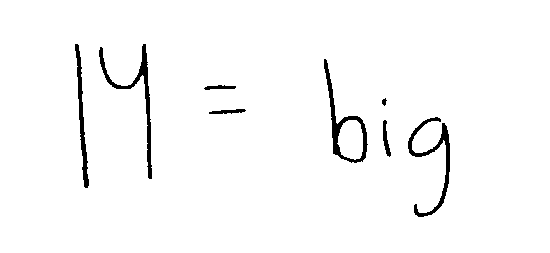
And if you write the G with the O/U line, you produce both ‘bog,’ and ‘bug:’
Original manual image

As before, context will be your guide; ‘there’s a bug in my rice,’ vs. ‘there’s a bog in my rice;’ one makes sense, the other doesn’t. For those instances where you wish to be absolutely certain, you can merely write the word out in full, as we did in lesson 1.
You may notice that some words resemble numbers. This is usually not a problem because of, again, context, but to make sure, simply circle your numbers, or underline them. This is demonstrated in Part 2 of the manual, if you wish to flip ahead and see it in use right now. But be warned, you are unlikely to be able to read the passages in which those examples are couched.
Here are some more examples of line-position vowels in action:
| Earthographic | Ponish |
|---|---|
| TAME or TEAM | |
| TIME | |
| TOME or TOMB |
| Earthographic | Ponish |
|---|---|
| FAN | |
| FINE | |
| FUN |
| Earthographic | Ponish |
|---|---|
| LAP | |
| LIP | |
| LOOP |
Original manual image

But what if it’s a dipthong, i.e. if the next discernible sound is also a vowel? No problem, just write the second vowel in the line-position of the first, like so:
| Earthographic | Ponish |
|---|---|
| POND | |
| POUND |
| Earthographic | Ponish |
|---|---|
| CRATE | |
| CREATE |
Original manual image

And if the final sound in a word is a vowel? Indicate it with a dot, like this:
| Earthographic | Ponish |
|---|---|
| DAY | |
| DYE | |
| DOE |
| Earthographic | Ponish |
|---|---|
| SEE | |
| SIGH | |
| SEW |
Original manual image
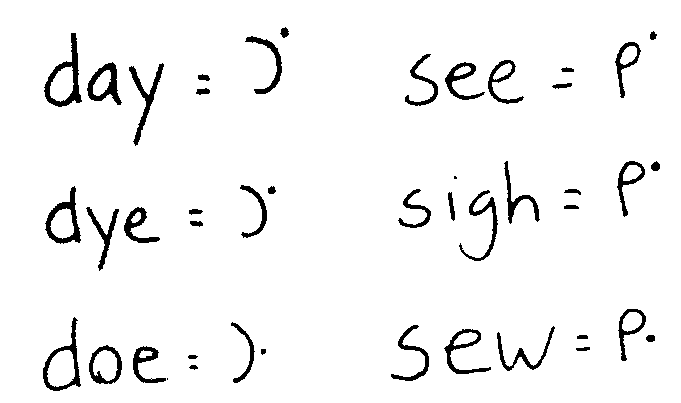
What if it starts with a vowel? Write it, then proceed as normal:
| Earthographic | Ponish |
|---|---|
| EGG |
| Earthographic | Ponish |
|---|---|
| OVEN |
Original manual image

The third, and final refinement we’re going to introduce in this lesson is also the simplest, thank Celestia. After all this, you’re probably glad to hear it. This is a lot to take in in a single lesson, believe me, I know, but these 3 techniques of Ponish work synergistically together, and so should be introduced together, that they might be practiced together, from the first. Chin up, if the little colts, and fillies can handle it, so can you!
So, what is this last thingie? It is…the dot! Quick, easy, and full of meaning, depending on it’s place. Fortunately, unlike Gregg, it only has 2: if you put it in the top left corner of the word you are writing, it stands in for the indefinite articles ‘a,’ and ‘an,’ but if you put it in the bottom left corner, it stands for ‘the,’ like so:
| Earthographic | Ponish |
|---|---|
| a pony | |
| the pony |
| Earthographic | Ponish |
|---|---|
| a bottle | |
| the bottle |
| Earthographic | Ponish |
|---|---|
| a starship | |
| the starship |
| Earthographic | Ponish |
|---|---|
| an orange | |
| the orange |
| Earthographic | Ponish |
|---|---|
| a edge | |
| the edge |
| Earthographic | Ponish |
|---|---|
| a buffalo | |
| the buffalo |
Original manual image

Did you know those are the most commonly written words? Well they are. Think of how many times you use them, and by reducing them to mere dots, think of all the writing we are saving: 6 strokes for ‘the,’ 4 strokes for ‘an,’ and 2 strokes for ‘a,’ over, and over, and over again. Now, you can just put a dot, instead. Isn’t that easier?
Cool, hunh? And so simple.
We’re only on the 2 nd lesson, and just look at how much space is saved in these example sentences:
Earthographic
My armor is contemptMy shield is disgust
My sword is hatred
Original manual image

Side by side with original manual image
 |
 |
 |
Earthographic
There is no difference betweenwhat is right and what is
necessary
Original manual image

Side by side with original manual image
 |
 |
 |
Earthographic
The rewards of tolerance are treachery and betrayalOriginal manual image

Side by side with original manual image
 |
You should also notice that the ‘A’ in ‘Armor,’ ‘Are,’ and ‘And,’ are written with a single stroke. This is done when the A leads into another letter so as to save time, and space. You may, of course use the 2-stroke A if you prefer. Furthermore, it is, in fact, usual for the ‘A’ stroke to be entirely omitted when writing ‘And,’ but again, there is no wrong spelling.
Before we move on, I’d like you to go back, and take a moment to appreciate, if you haven’t already, the difference in the page-space required to write things Earthographically (Earth-orthographically), as opposed to in Ponish. Yes, I just said it, and I’m saying it again: even here, in only the 2 nd lesson, the difference was noticeable, and it’s about to get a whole lot more so; please read the passage below, and copy it too. Do this until you can do it easily, and without much conscious effort; you’re aiming for the unconscious-competence phase here.
Try to figure out the meaning of the passage on your own, if you can’t, don’t worry. Unlike the Ferengi at Gregg Publishing, I will include the Earthographic transcription below this insert, rather than making you buy a separate edition to get the answers. If you like, write it out as well, and compare the length of the Earthographic, and Ponish passages; the difference is significant, isn’t it? Imagine how much time, and space you’ll be saving writing this way, and we aren’t even through with the lessons yet!
While you’re reading, keep in mind: no wrong spelling , and sound, not spelling .
Lesson 2 Passage
Ready for the answer? Here you go:
Earthographic
Between the times when the oceans drank Atlantis, and the rise ofthe sons of Aryas, there was an age undreamed of. And
unto this: Conan. Destined to bear the jeweled crown of
Aquilonia upon a troubled brow. It is I, his
chronicler who alone can tell thee of his saga.
Let me tell you of the days of high adventure!
Original manual image
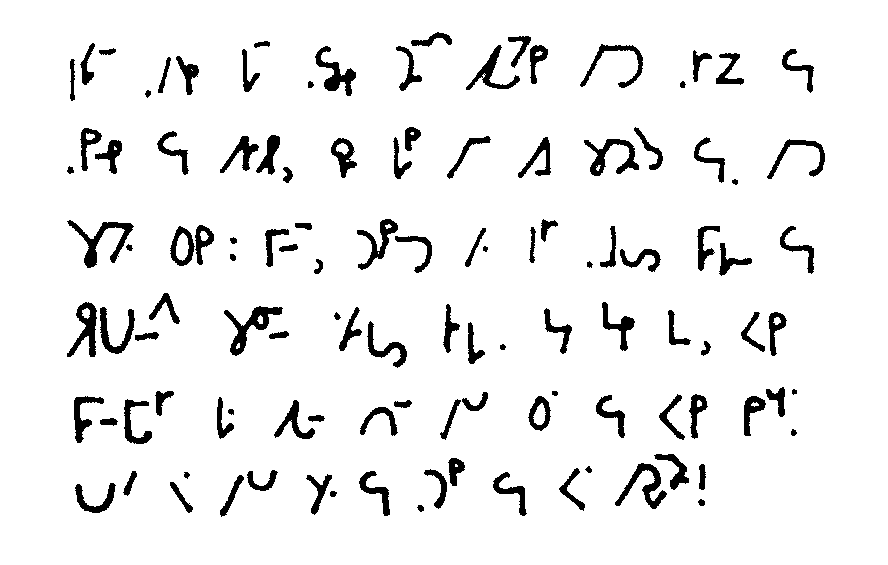
Side by side with original manual image
 |
 |
 |
 |
 |
 |
One more thing. I really must emphasize the importance of practicing both reading, and writing. If you only write Ponish, then when you try to read back what you have written, even when you can write quickly, you will be slow, and clumsy. The 2 skills will not grow up together unless you practice them together. You need to both read, and write, so practice both reading, and writing. I would not have taken the time to write this paragraph if I did not think it important, so please, take it to heart, and practice both skills.